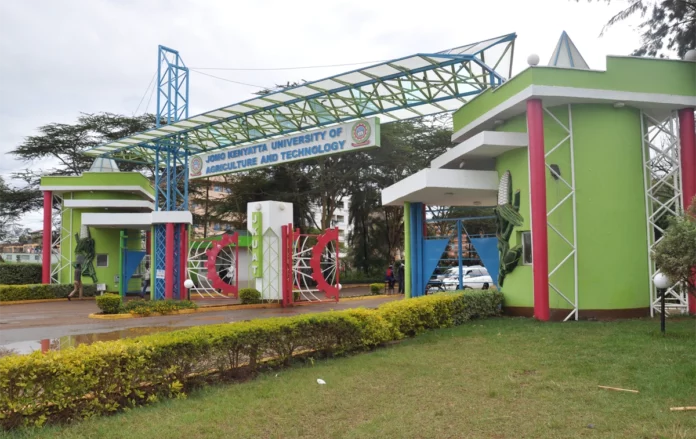The Kenyan education landscape is in the midst of an intriguing phenomenon as 122 degree and academic programs offered through the Kenya Universities and Colleges Placement Service (KUCCPS) find themselves grappling with low student interest. The report of students steering away from these courses has cast a spotlight on the disparity between educational offerings and student preferences.
In an alarming revelation, 18 degree courses have attracted only a single student each, while an additional 104 academic programs have managed to garner a mere ten students per program. This staggering lack of enrollment has raised questions about the relevance and appeal of these courses in the eyes of prospective learners.
Among the courses that have fallen victim to this dearth of interest are those related to fields such as food security, horticulture, soil science, forestry, and dryland agriculture. These critical sectors, which hold the key to sustainable development and environmental preservation, appear to be struggling to attract budding scholars.
The Bachelor of Science in Food Security, often considered a cornerstone of ensuring adequate nutrition for a growing population, saw just one taker. Similarly, courses like Geophysics and Mineralogy, Aquaculture and Fisheries Technology, and Environmental Chemistry could muster only a single student each. These offerings were met with tepid responses, raising concerns about the nation’s ability to cultivate expertise in these areas of paramount importance.
The disparity extends to other fields as well. Academic programs aimed at counseling, theology, and biblical studies have registered alarmingly low enrollments. The Bachelor of Arts in Leadership and Management, despite its potential to groom future organizational leaders, has managed to attract only five students. Subjects like sociology and technology, which reflect the dynamism of modern society, have seen enrollments dwindle to a mere four students.
While several factors could contribute to this phenomenon, the education sector’s ongoing dialogue about alignment with industry needs and student aspirations remains essential. Students have voiced their discontent with being placed in courses that do not resonate with their interests. This highlights the need for a more nuanced approach to course offerings, one that takes into account both the nation’s development agenda and individual student preferences.
The challenges are compounded by instances where highly capable students find themselves placed in programs that seem incongruent with their academic achievements. A student with an impressive A- (minus) mean grade from Pangani Girls High School found herself assigned to a Diploma in Nutrition at the Kiambu Institute of Science and Technology, illustrating the disconnect between student capabilities and course placements.
As the education sector grapples with these challenges, a robust dialogue between stakeholders, including educators, policymakers, and students, becomes crucial. The confluence of industry needs, student interests, and national development goals must guide the evolution of higher education offerings. A proactive approach that addresses these concerns could usher in an era of enriched student experiences and more purposeful educational pathways.
